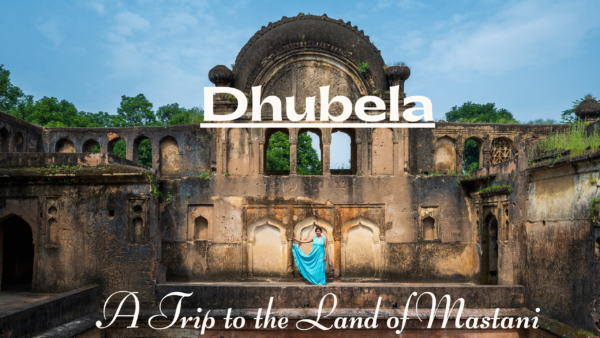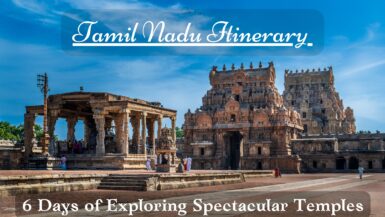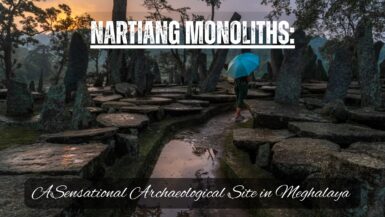An otherwise nondescript village of Madhya Pradesh, Dhubela will first enchant you with her lush green landscape surrounding the calm waters of its eponymous lake. Moments later, the whiff of history that tread all around this sleepy town will sweep you off your feet.
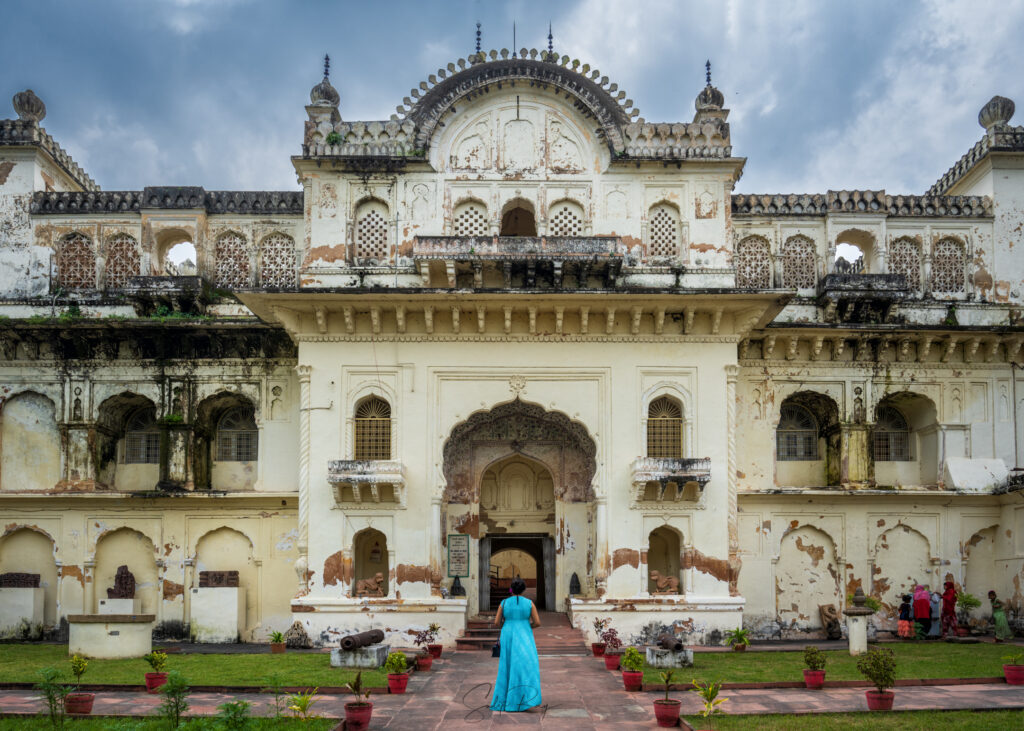
Dhubela is located right at the heart of Bundelkhand. Its importance soared manifold when Maharaja Chhatrasal declared independence from the clutches of the Mughals and established his own kingdom with Dhubela at its centre. Dhubela has also become synonymous with Chhatrasal’s legendary daughter, Mastani. Mastani spent a good part of her life in Dhubela and as such, Dhubela is often referred to as the land of Mastani.
Table of Contents
About Maharaja Chhatrasal:
Known as the “Lion of Bundelkhand”, Chhatrasal was a great warrior and ruler of Bundelkhand. Inspired by the ideals of Shivaji, Chhatrasal in 1671 CE had raised an army and rebelled against the then Mughal Emperor, Aurangzeb. Shortly afterwards, he declared independence and built his own kingdom centring Dhubela, with his capital at Panna. Chhatrasal continued his fight against the Mughals till his last breath. In fact, in his old age, he was aided by Peshwa Baji Rao I in his fight against the British. Chhatrasal is remembered in history not only for his undaunted spirit of independence and bravery but also as a patron of art as well as his love for his subjects.
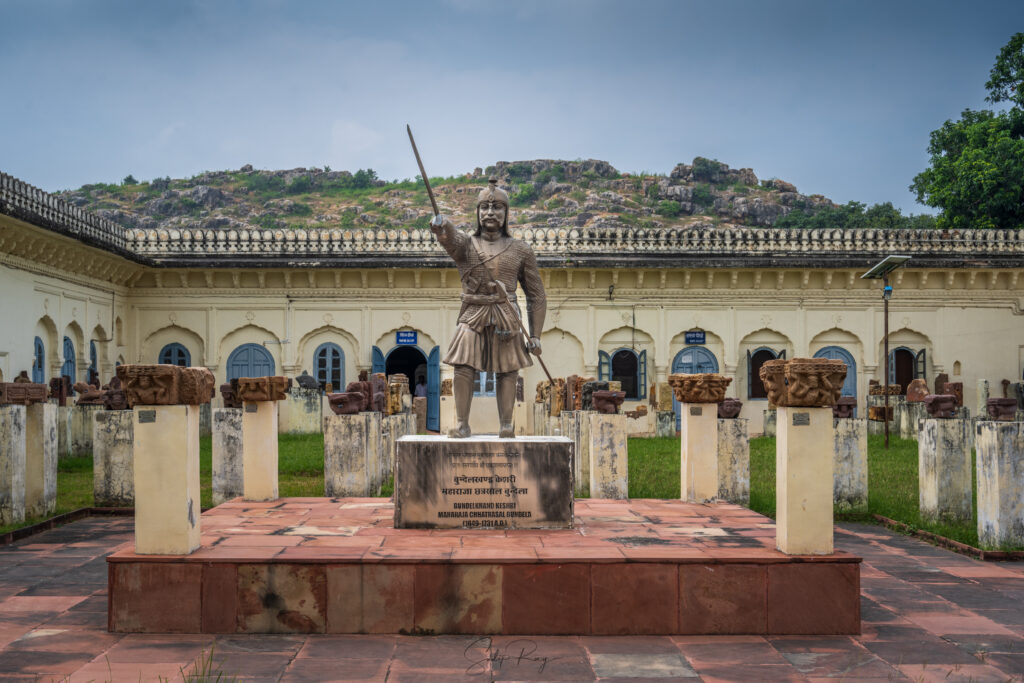
About Mastani:
Mastani was the daughter of Maharaja Chhatrasal and his Persian concubine Ruhani Bai. Famous for her exceptional beauty and dancing skills, Mastani was also a fierce warrior. Like her father, she was a follower of the Pranami sect of Vaishnavas. She also practised the Shia Islamic faith, which was her mother’s religion.
As a token of gratitude for helping him against the Mughals, Chhatrasal married Mastani to Peshwa Baji Rao I. The love story of Baji Rao and Mastani has reached epic proportions, thanks to the Marathi novel, “Rau”.
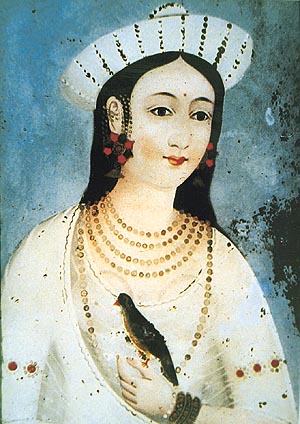
Places to visit in Dhubela:
The entire Dhubela is dotted with relics from the times of Chhatrasal and his son. Most of the monuments are located around the picturesque Dhubela lake.
Maharaja Chhatrasal Museum:
The palace of Maharaja Chhatrasal has been converted into a fantastic museum by the ASI. Inaugurated in 1955, it is the first museum of Madhya Pradesh. There are 8 galleries, showcasing artefacts excavated from Rewa, Lalitpur, Mahoba and other places in the Bundelkhand region. The relics mostly date to the Gupta and Kalacuri eras and include inscriptions, copper plates, Sati stones, temple relics, statues of Jain Tirthankaras and Hindu deities. In addition, one of the galleries has paintings depicting Chhatrasal and his descendants.
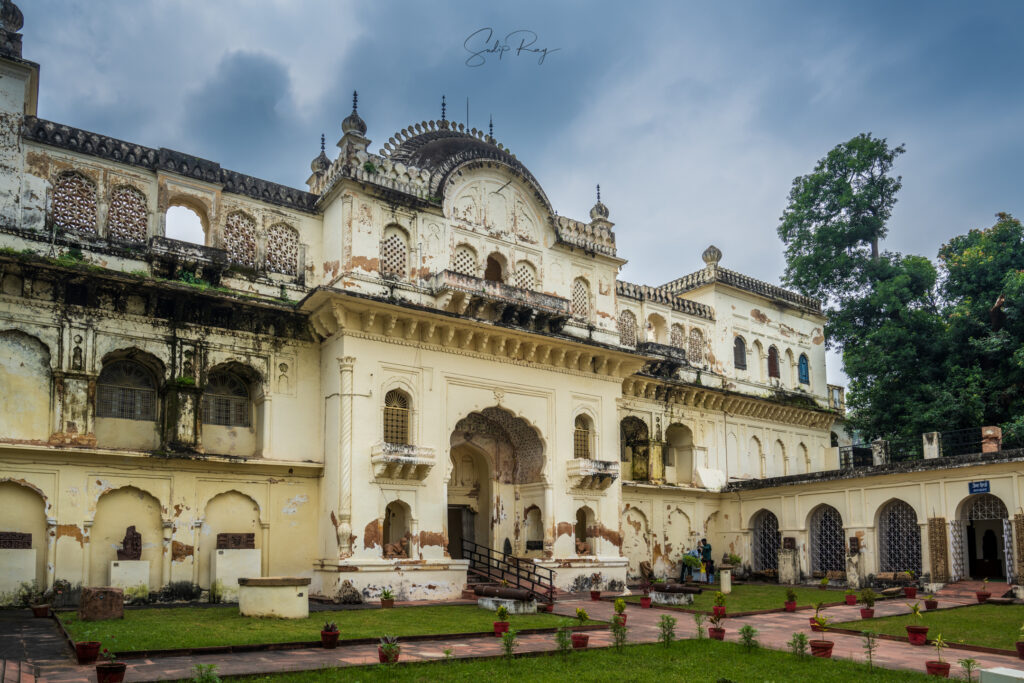
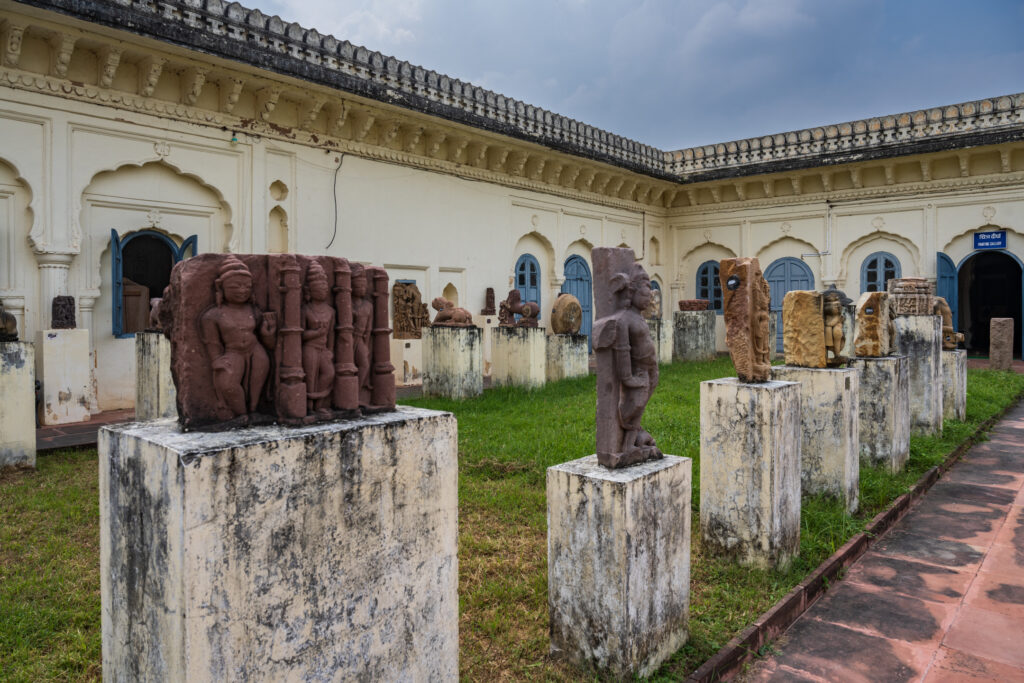
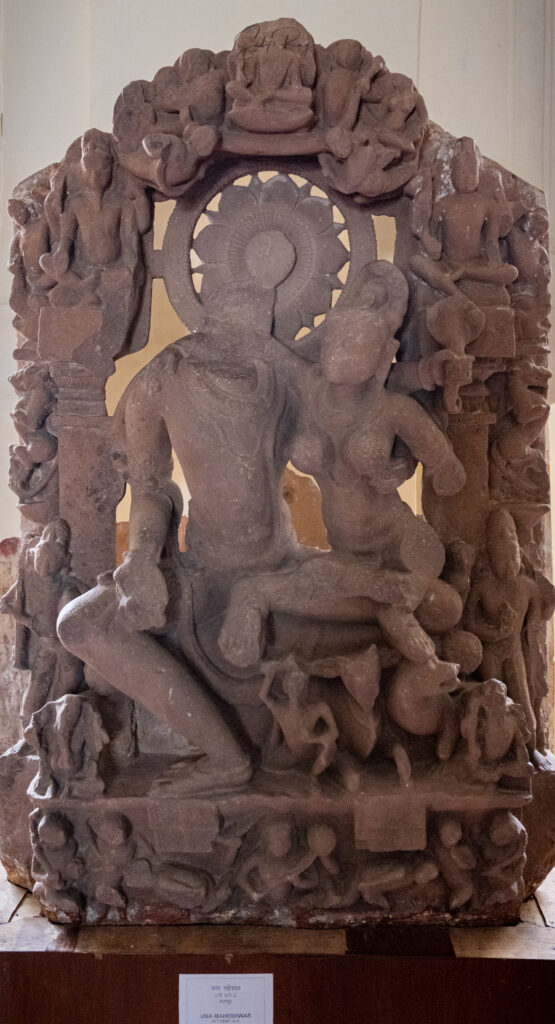
The open-air gallery on the first floor has a life-size statue of Chhatrasal at its centre.
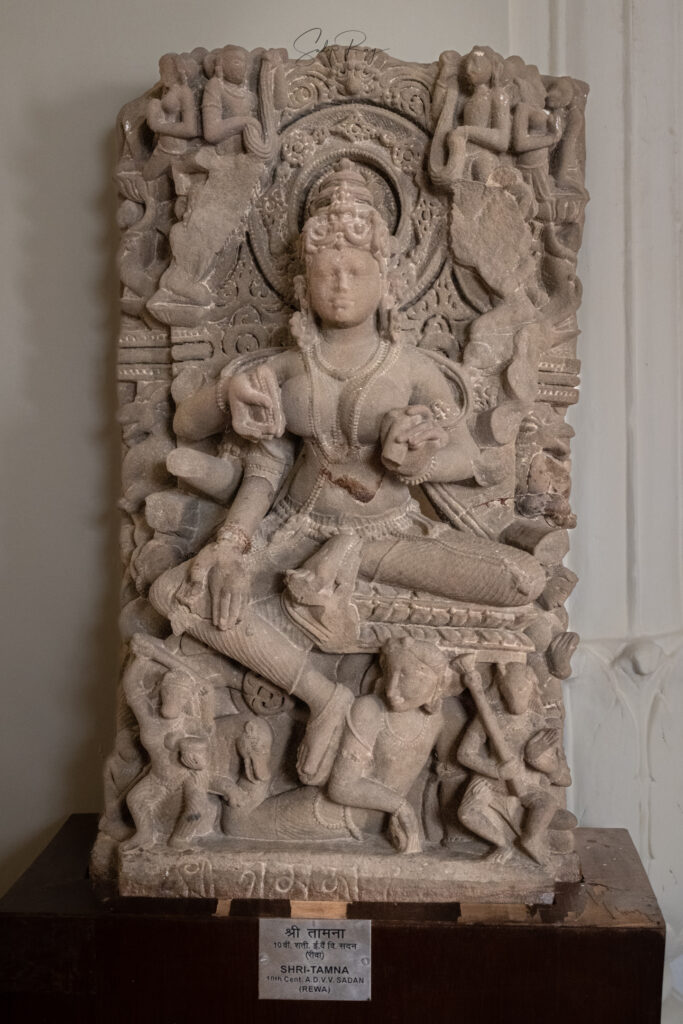
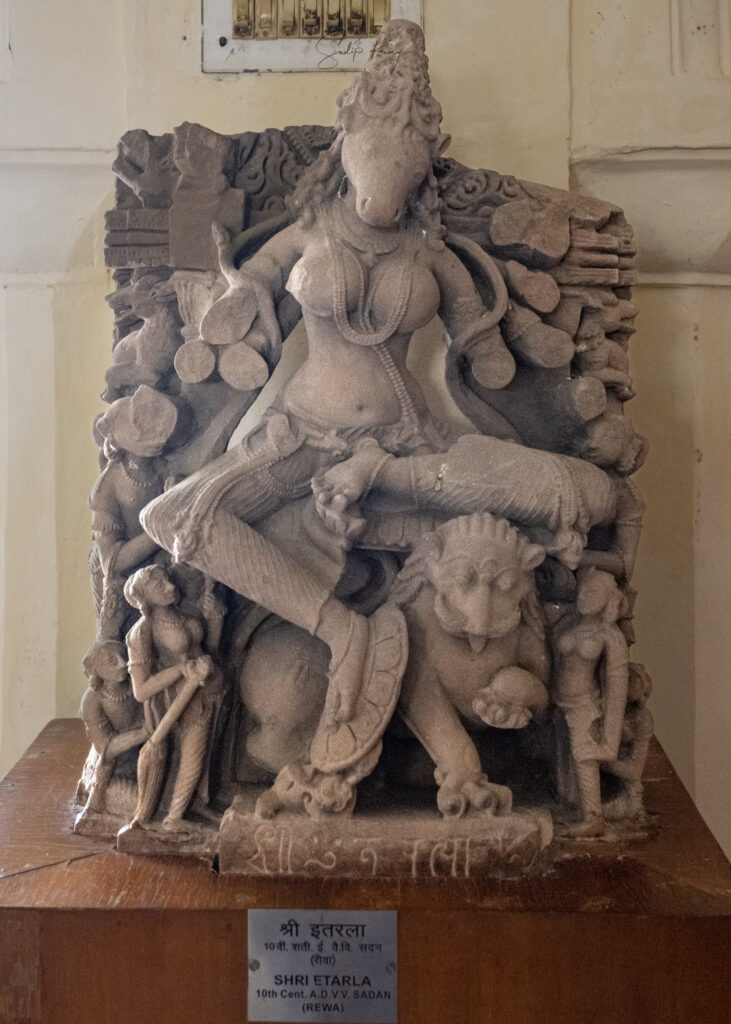
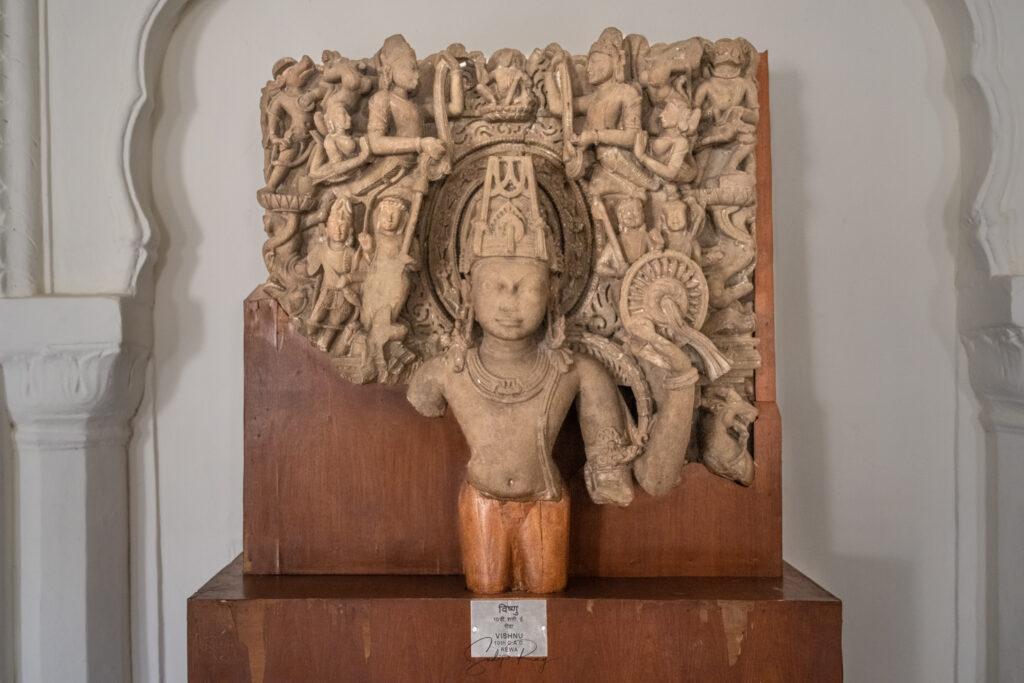
The museum remains open from 10 AM to 5 PM and closed on Mondays and other Government holidays.
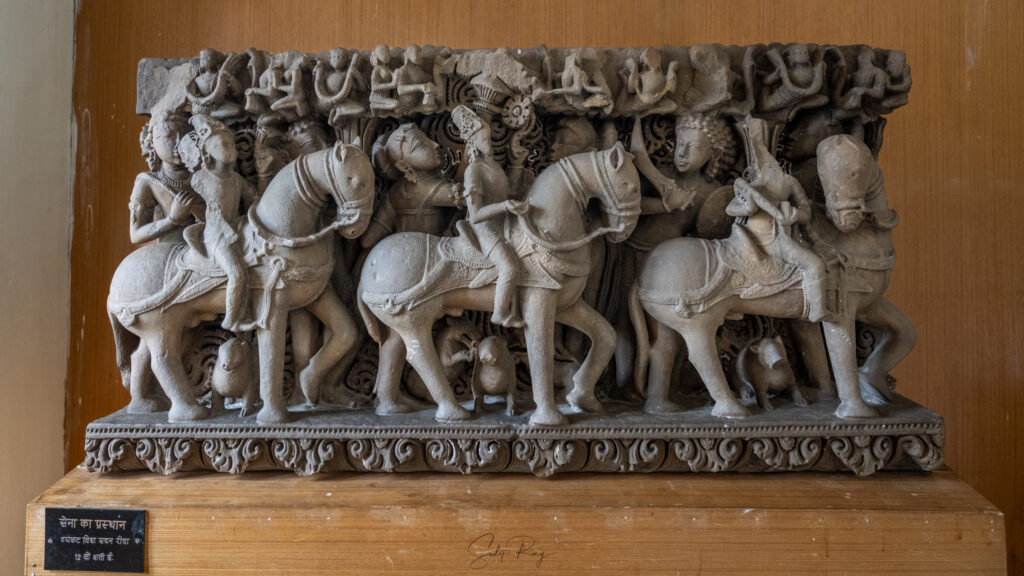
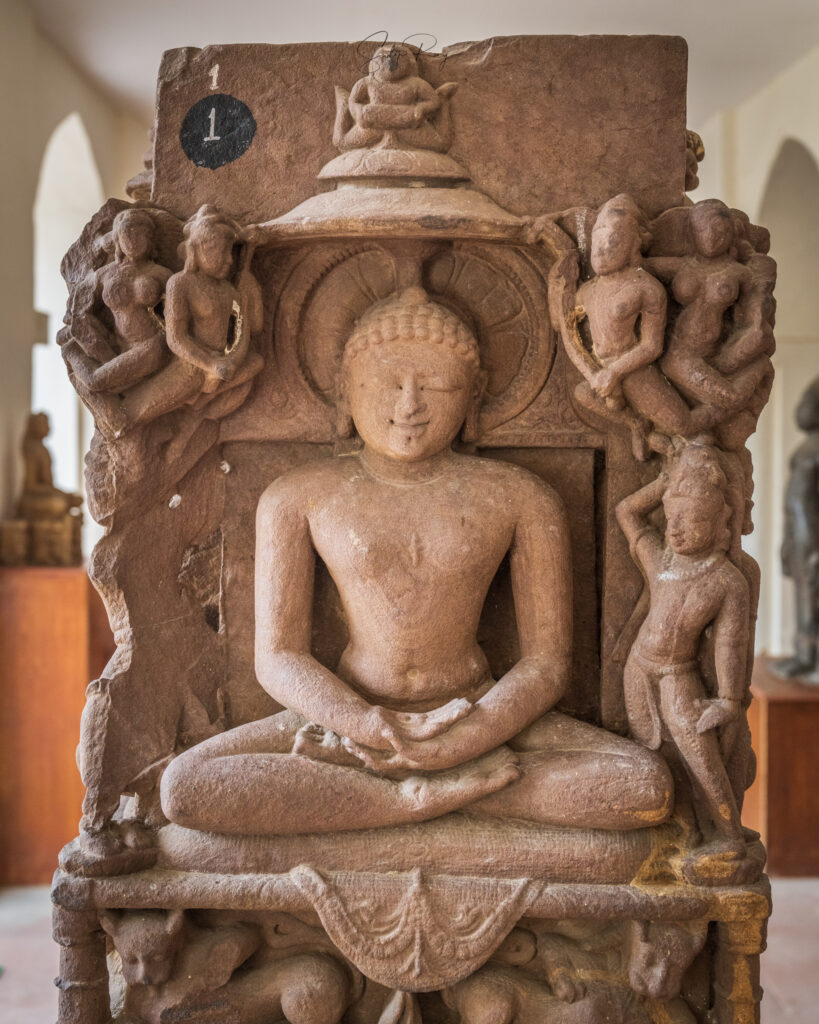
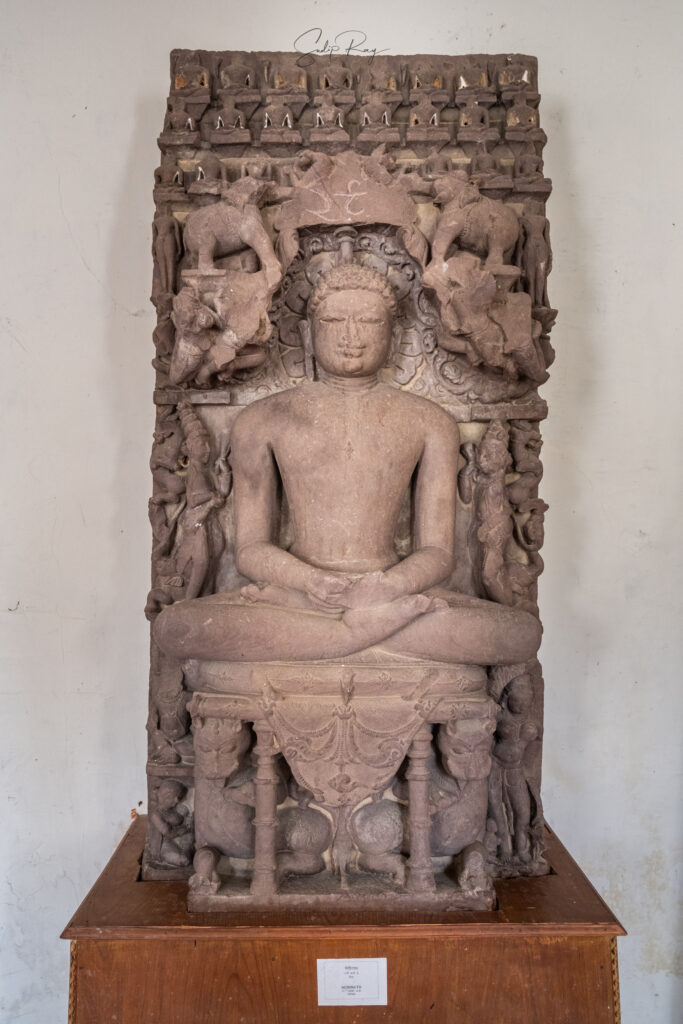
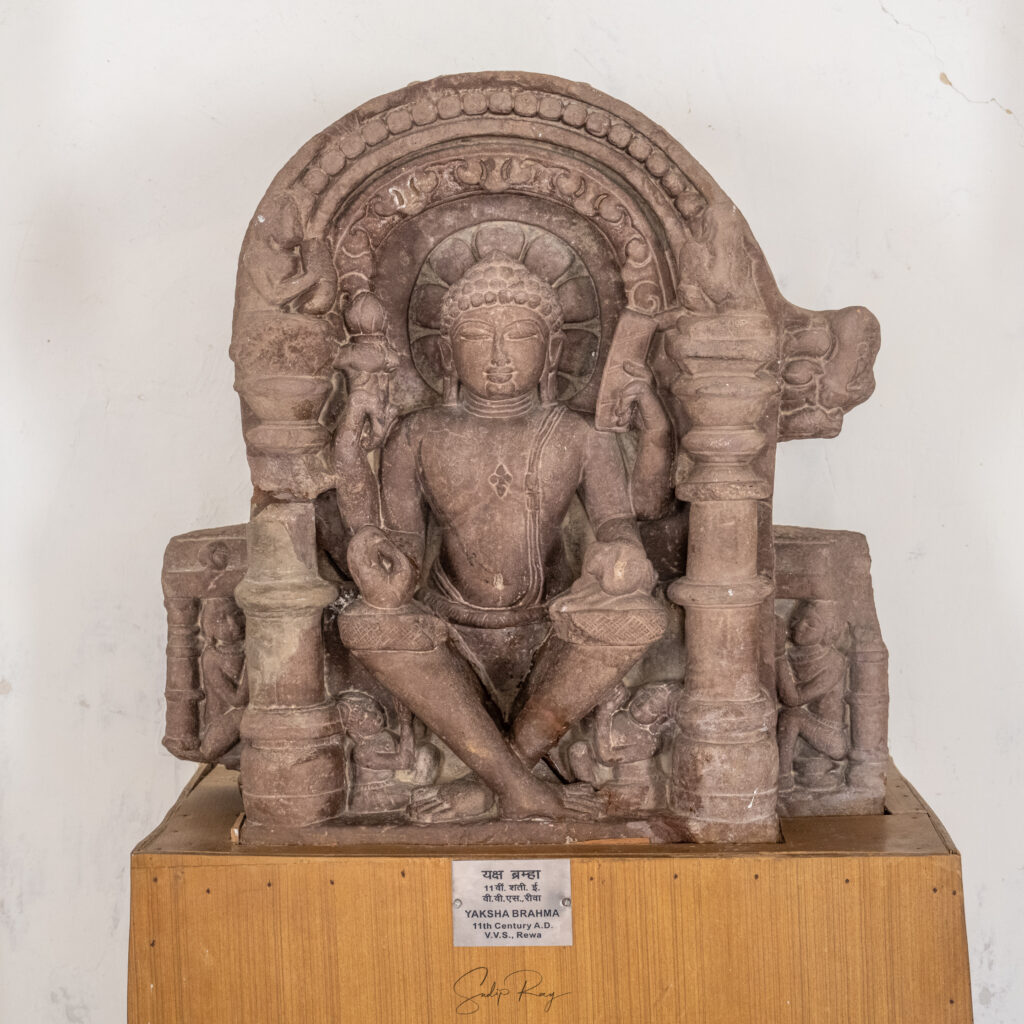
Mastani Mahal:
Located right beside the museum, this dilapidated palace was built by Chhatrasal for his favourite daughter, Mastani. It is evident from the ruins that, during its heyday, the Mahal was one of the most beautiful buildings in Dhubela. While the adjoining museum usually teems with visitors, the Mastani Mahal remains nearly deserted. You will have the entire palace to yourself. Take a stroll throughout the nooks and crannies of Mastani Mahal and you will feel deported back in the times of Mastani.

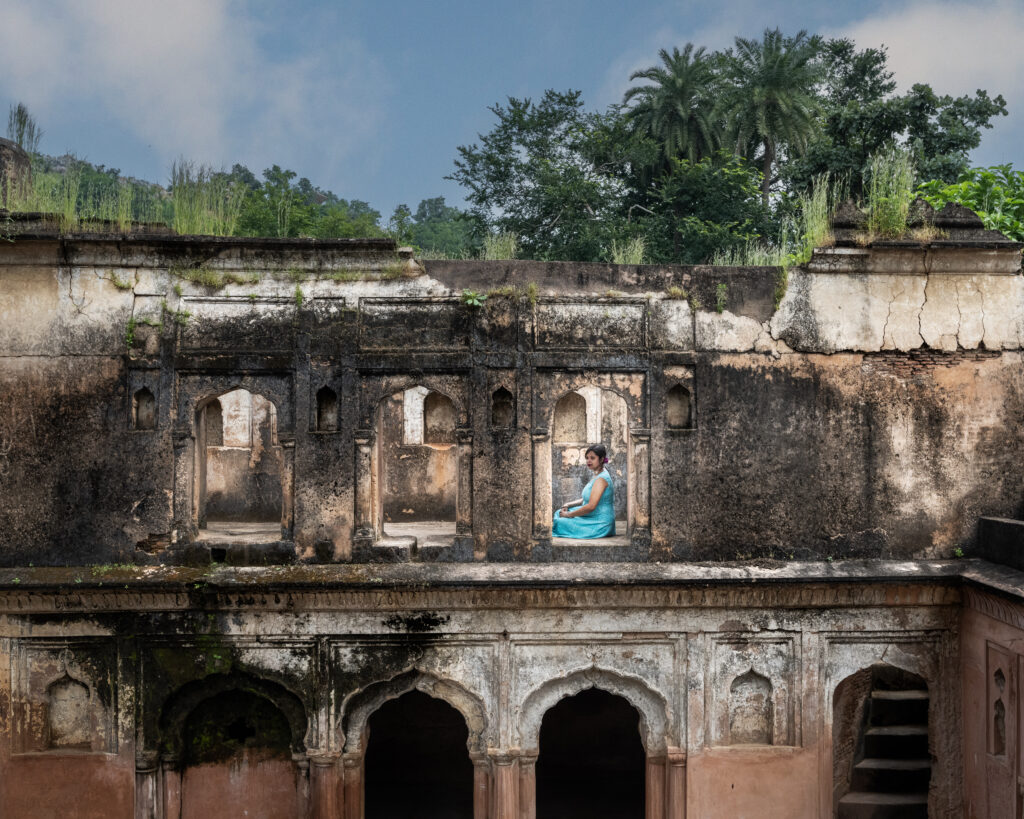
Hriday Shah Palace:
This crumbling palace was built in 1731 CE by Hriday Shah, the eldest son of Chhatrasal. It lies near the museum compound.
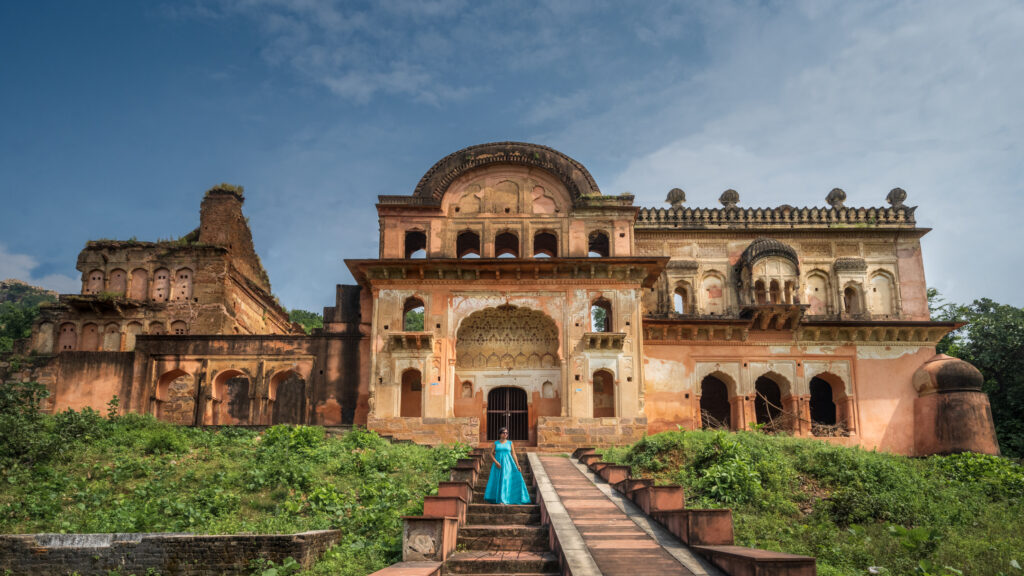
Chhatri of Maharani Kamlapati:
One of the most attractive monuments of Dhubela, is the cenotaph of Chhatrasal’s first queen, Kamlapati. Situated on the bank of Dhubela Lake, this represents the typical Bundeli style of architecture. The interior of the Chhatri is decorated with around 140 Bundeli-styled paintings.
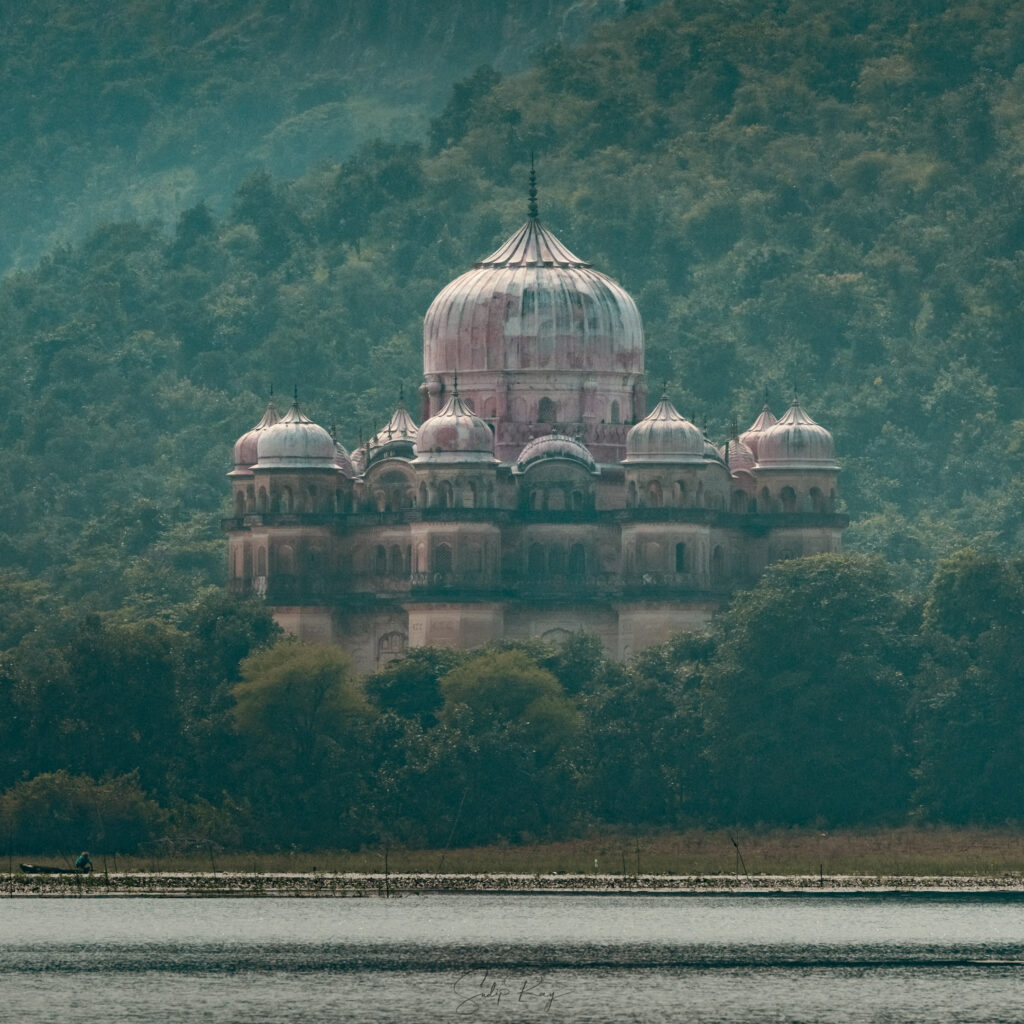
Chhatri of Maharaja Chhatrasal:
Another beautiful specimen of Bundeli style of architecture, the Chhatri of Maharaja Chhatrasal was built by Peshwa Baji Rao I in 1736 CE.
Chhatri of Chhatrsal’s horse:
Just beside Chhatrasal’s cenotaph lies the resting place of his beloved, loyal horse called Bhale Bhai.
Sheetal Garhi:
This 17th-century double-storied fortress was built by Diwan Keerat Singh, the grandson of Maharaja Chhatrasal. It offers a spectacular panoramic view of the entire Dhubela.
Mahoba Gate:
This spectacular gate was built by Chhatrasal to connect Dhubela with Mau Sahnia.
Things to know before visiting Dhubela:
1. Dhubela is just 60 km away from Khajuraho. It takes around 1 hour to reach here from Khajuraho. The roads are in excellent condition.
2. Dhubela is a perfect option for a day trip from Khajuraho. You can also visit it on your way to Orchha from Khajuraho. The town is situated right on the Orchha-Khajuraho highway.
3. You need to hire a cab to reach Dhubela. Public transportation on this route is almost absent.
4. If you are planning to stay here, you can book a room at Dhubela Resort. It lies near the museum.
5. Other than a few roadside shacks selling tea, bread, and snacks, we did not come across any proper restaurant here. So, carry food if necessary.
6. For more details, visit the official website of Madhya Pradesh Tourism.
